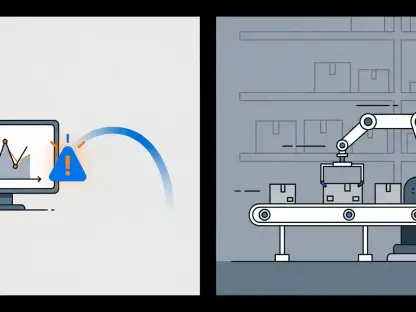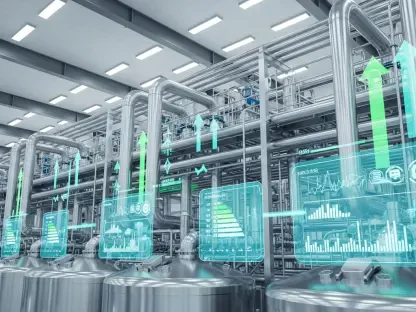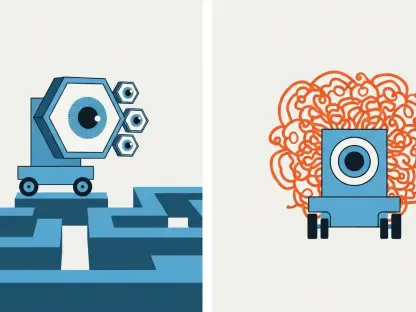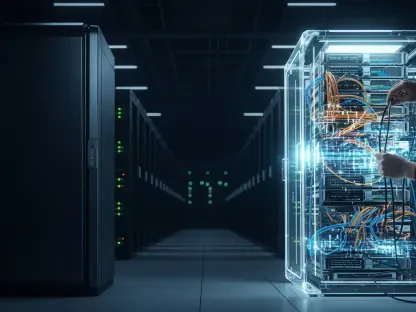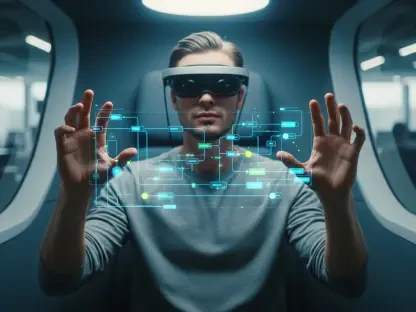Listen to the Article
Medical imaging techniques, including CT scans and MRIs, generate high-volume data at a speed that traditional tools cannot manage. Healthcare providers have the responsibility to interpret and manage this data to enhance patient outcomes, which can be challenging when using conventional methods. The healthcare industry has had to adopt emerging technologies to maintain a high standard of care. This is where AI and medicine intersect to improve diagnostic accuracy, automate routine workload, and offer relevant health insights.
Find out why AI adds value to the medical community by reading this article.
Intelligent Tools Are Shaping Healthcare
Machine Learning and Robotics Transform Imaging
AI has evolved into a strategic area of focus in medical imaging. As its algorithms continue to improve, they autonomously examine scans faster and with more precision than legacy systems. Machine learning and robotics are AI subsets that increase the efficiency and accuracy of imaging by providing healthcare professionals with disease detection solutions. These tools are trained to identify data abnormalities and imaging patterns to recognize health problems that are easy to overlook from a human perspective.
The Ultimate Image Processing Tool
Standard imaging techniques can overwhelm clinicians with large data sets that are difficult to process manually. To this point, research suggests that clinical errors are largely due to diagnostic misinterpretations.
AI offers a helping hand as the ultimate scan processing tool. Its algorithms can analyze imaging results faster than medical professionals and with minimal mistakes. The accuracy clinicians receive from automated processing enables them to make reliable, data-based diagnoses. This advancement draws attention to unique areas that doctors may miss in their initial assessments, which allows them to optimize their equipment.
AI Integrates and Analyzes Large Data Set
Using smart tools offers a more comprehensive understanding of data sets as they relate to patient conditions. AI has the power to combine information from multiple imaging methods, providing clinicians with a holistic report to draw interpretations from. This way, professionals get to avoid compiling a document of relevant data, which can be time-consuming.
The capability to integrate and analyze vast amounts of data enables medical teams to address complicated cases with precise knowledge of the issue. Merging AI with clinical expertise creates an effective collaboration between technology and human capacity that achieves efficiency, patient-focused care, and precision medicine.
Smart Technology Offers a Range of Benefits
AI has great potential in the healthcare field. As technology advances, the advantages of using automated systems are becoming more difficult to ignore. Organizations benefit from incorporating smart technology in diagnostics in many ways, including:
Diagnostic accuracy: AI’s ability to process medical scans and information surpasses human capabilities. It can detect subtle deviations and health concerns quickly, equipping radiologists with the data needed to make accurate diagnoses.
Speed and precision: Intelligent tools have machine learning capabilities, so they can analyze imaging at a high speed with more precision than doctors can. This is crucial for confirming or ruling out illnesses, helping professionals administer targeted treatment plans.
Efficiency and productivity: Clinicians can use these advancements to automate routine tasks, including scanning, report generation, and appointment scheduling, allowing them to focus on more critical parts of treatment. Automation serves as a virtual assistant to professionals, creating preliminary reports for professionals to review and improve instead of writing them from the beginning.
Resource optimization and cost savings: Smart technology enables resource optimization by preventing repeat imaging, reducing diagnostic mistakes, and eliminating the need for unnecessary tests. Improving resource allocation leads to significant cost savings, especially in urgent care departments where the price of imaging and data exchange is high.
Positive advancements in global health: AI-powered imaging is accessible remotely, which means radiologists and other healthcare operators can enjoy its benefits from different regions worldwide. For example, globally, professionals use cloud-based platforms and telemedicine to enhance their expertise and how they interpret information. This accessibility connects medical centers with low-resource areas, contributing to timely and accurate interventions on a broad scale.
Burnout prevention: Healthcare professionals are vulnerable to fatigue, limitations, and distractions, which can contribute to burnout. Fortunately, AI provides a cushion for clinicians to lean on and alleviate some of the pressures from medicine. They can use intelligent systems to automate repetitive jobs that cause cognitive strain, enabling them to receive additional support for their treatment efforts.
Global Market Views on AI in Medical Imaging
The demand for early and accurate diagnostics is increasing. In response, AI adoption is growing, and it is projected to climb at an annual compounded rate of 34.67% by 2033. The global view on intelligent and machine learning tools is that they are invaluable for professionals looking to administer effective and accurate patient care. Innovative technology approaches in medicine offer algorithms and computing that offer rapid decision support to healthcare providers.
Integrating AI into diagnostic processes is an opportunity to improve patient outcomes and save costs by minimizing human error and inefficiencies. Intelligent tools provide predictive data that allows professionals to respond quickly to potential health issues. Early detection is the best way to prevent chronic illnesses, so having this advancement available allows proper intervention.
On the other hand, investors view modern diagnostic tools as an opportunity to manage expenses and promote timely service delivery. As such, they are more inclined to invest in healthcare, knowing that smart solutions are in use.
Globally, the consensus is that AI transforms how health professionals identify and deal with illnesses such as strokes, cardiac issues, and cancer diagnoses. Therefore, technological advancements are worth the investment since they not only stabilize revenue for hospitals but also lead to life-changing outcomes for patients.
Final Insights
The future of AI in healthcare is promising. It is changing how medical professionals detect illnesses, interpret scans, treat patients, and predict care outcomes. As machine learning and robotics continue to improve, they reshape the impact of diagnostics and the role of healthcare providers.
AI acts as a partner to radiologists and other professionals, improving their capabilities and enabling them to innovate and focus on complex cases. With continuous refinement and research, intelligent systems will continue to make a noticeable contribution to diagnostics and imaging. The industry should take advantage of this opportunity.


